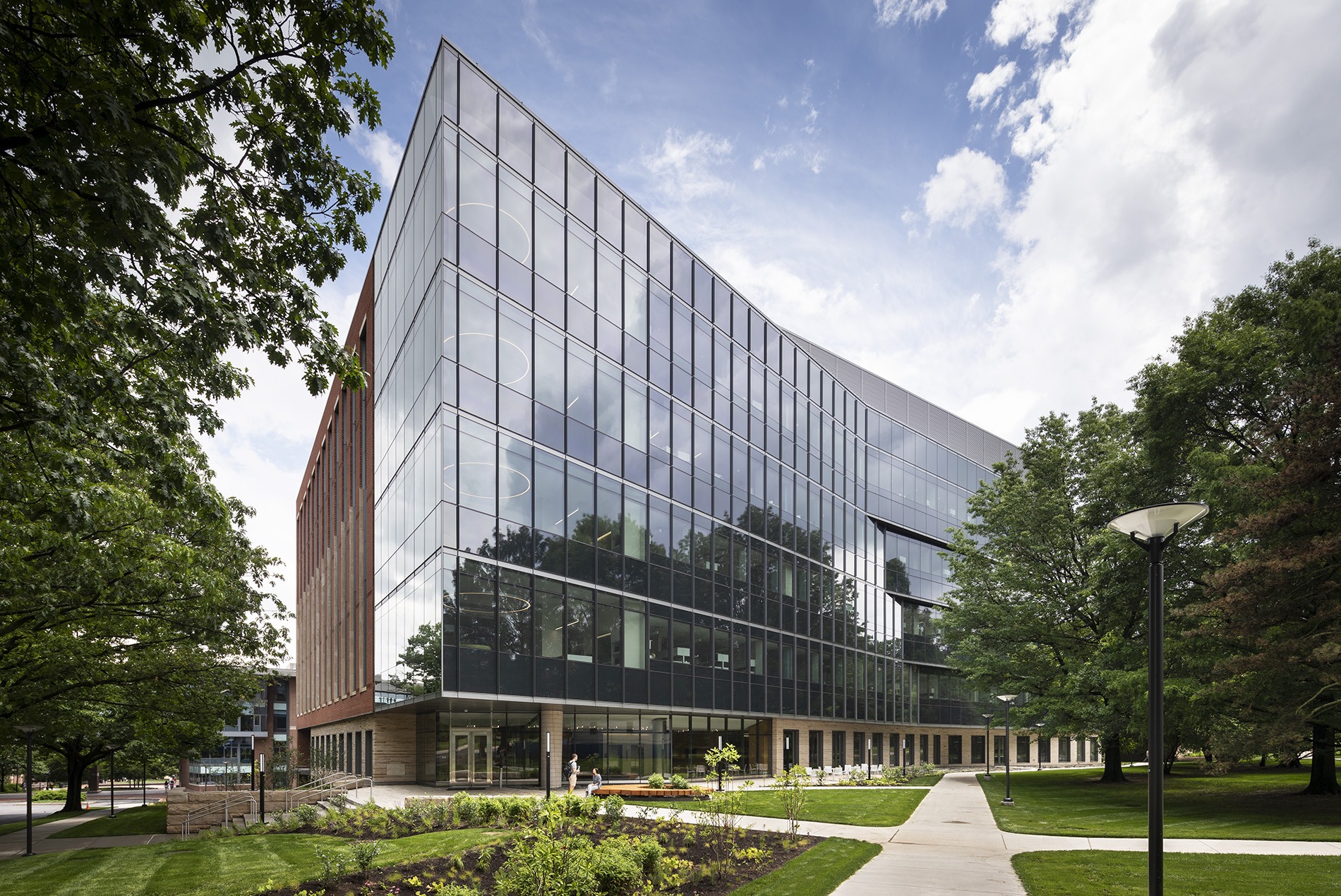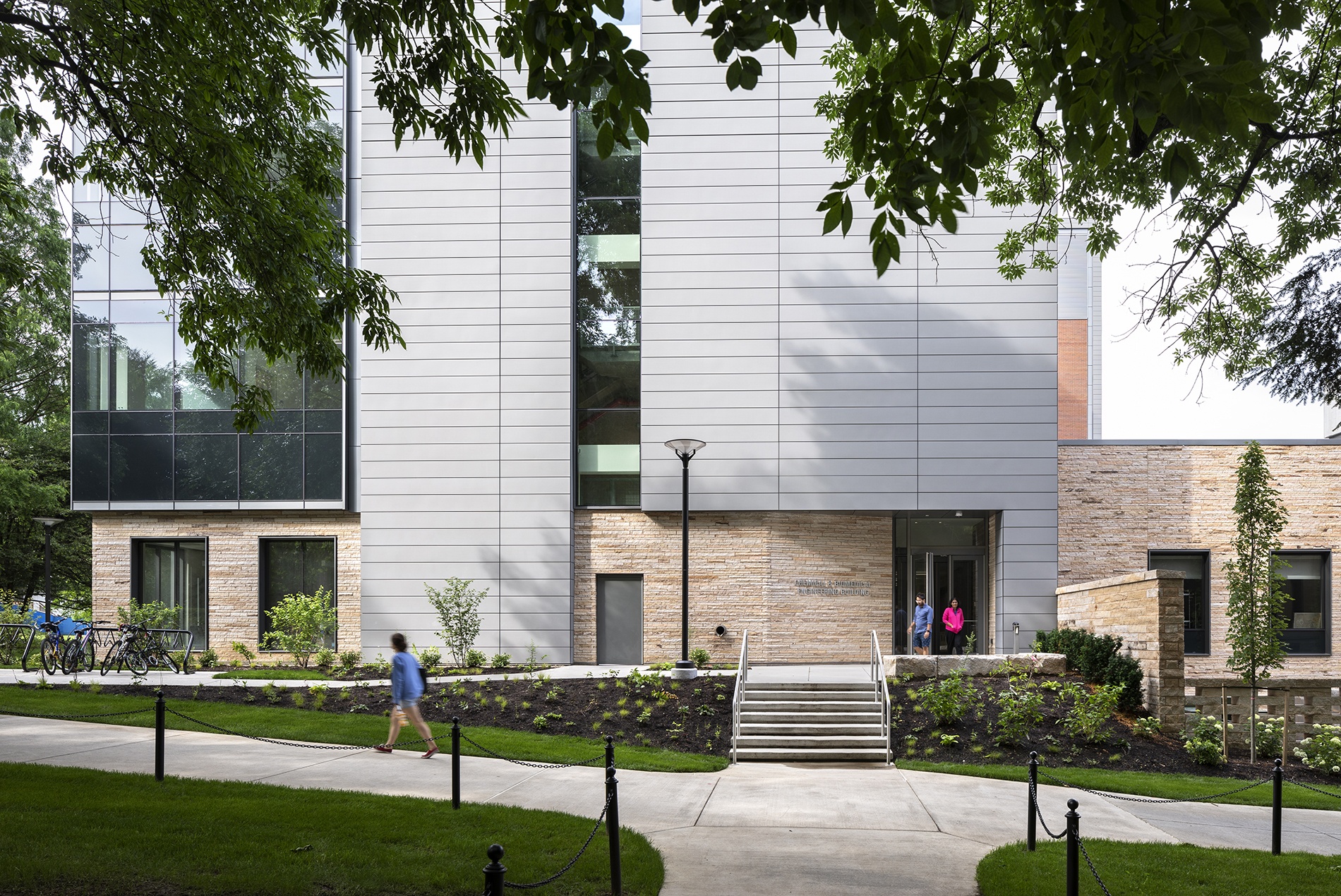Exploring The Role Of The Chemical And Biomedical Engineering Building In Modern Innovation
The chemical and biomedical engineering building stands as a cornerstone of innovation and education, fostering groundbreaking research and development in two critical fields. These facilities are designed to provide state-of-the-art resources for students, researchers, and professionals to tackle some of the world’s most pressing challenges. From advancing sustainable chemical processes to pioneering medical technologies, this building plays a pivotal role in shaping the future of science and engineering. Its design integrates cutting-edge laboratories, collaborative spaces, and advanced equipment, ensuring an environment conducive to creativity and discovery.
As hubs of interdisciplinary collaboration, these buildings bring together experts from diverse backgrounds to solve complex problems. Engineers, chemists, biologists, and medical professionals work side by side, leveraging their collective expertise to drive progress. The chemical and biomedical engineering building is not just a physical structure; it represents the convergence of ideas, technologies, and human ingenuity. By providing access to specialized tools and fostering a culture of innovation, it empowers individuals and teams to push the boundaries of what is possible.
Moreover, the chemical and biomedical engineering building serves as a training ground for the next generation of scientists and engineers. Students gain hands-on experience with real-world applications, preparing them to address global challenges in healthcare, energy, and environmental sustainability. The building’s role in education extends beyond traditional classroom learning, encouraging experiential and project-based approaches. This ensures that graduates are not only knowledgeable but also equipped with the practical skills needed to excel in their careers.
Read also:Sun Tan City Burlington Nc Your Ultimate Guide To Tanning Services
Table of Contents
- What is the Purpose of the Chemical and Biomedical Engineering Building?
- How Does the Building Foster Interdisciplinary Collaboration?
- Key Features of the Chemical and Biomedical Engineering Building
- Why is the Building Important for Scientific Research?
- How Does the Building Support Sustainability?
- The Role of Technology in the Chemical and Biomedical Engineering Building
- What are the Benefits for Students?
- Case Studies of Successful Projects
- Future Prospects of the Chemical and Biomedical Engineering Building
- Frequently Asked Questions
What is the Purpose of the Chemical and Biomedical Engineering Building?
The chemical and biomedical engineering building is designed to serve multiple purposes, all aimed at advancing science and engineering. It provides a centralized location for research, teaching, and collaboration, ensuring that resources are utilized efficiently. By housing specialized laboratories and equipment, it enables researchers to conduct experiments and develop solutions that address real-world challenges. The building also acts as a bridge between academia and industry, facilitating partnerships that drive innovation and economic growth.
How Does the Building Foster Interdisciplinary Collaboration?
Interdisciplinary collaboration is at the heart of the chemical and biomedical engineering building’s design. By bringing together experts from different fields, it encourages the exchange of ideas and the development of novel solutions. For instance, chemists and biomedical engineers can work together to create new materials for drug delivery systems. The building’s open layout and shared spaces further enhance collaboration, breaking down silos and fostering a sense of community.
Key Features of the Chemical and Biomedical Engineering Building
The chemical and biomedical engineering building is equipped with several key features that make it a hub of innovation:
- Advanced Laboratories: State-of-the-art facilities for chemical synthesis, material testing, and biomedical research.
- Collaborative Spaces: Open areas designed to encourage teamwork and idea-sharing among students and researchers.
- Specialized Equipment: High-tech tools for analyzing data, simulating processes, and conducting experiments.
- Sustainability Features: Energy-efficient systems and eco-friendly materials that reduce the building’s environmental impact.
Why is the Building Important for Scientific Research?
The chemical and biomedical engineering building plays a crucial role in advancing scientific research. It provides researchers with the tools and resources needed to explore new frontiers in their fields. For example, biomedical engineers can develop cutting-edge medical devices, while chemical engineers can work on sustainable energy solutions. The building’s infrastructure supports both fundamental and applied research, ensuring that discoveries can be translated into practical applications.
How Does the Building Support Sustainability?
Sustainability is a key focus of the chemical and biomedical engineering building. Its design incorporates eco-friendly materials, energy-efficient systems, and waste-reduction strategies. Solar panels, rainwater harvesting systems, and green roofs are just a few examples of the sustainable features integrated into the building. By prioritizing sustainability, the chemical and biomedical engineering building not only reduces its environmental footprint but also serves as a model for future construction projects.
The Role of Technology in the Chemical and Biomedical Engineering Building
Technology is a driving force behind the success of the chemical and biomedical engineering building. Advanced software and hardware enable researchers to simulate complex processes, analyze large datasets, and visualize results. Virtual reality and augmented reality tools are also used to enhance learning and experimentation. These technological advancements ensure that the building remains at the forefront of innovation.
Read also:Discover Molina Healthcare Washington Comprehensive Coverage And Community Support
What are the Benefits for Students?
Students benefit immensely from the chemical and biomedical engineering building. It provides them with access to cutting-edge resources and hands-on learning opportunities. By working on real-world projects, they gain valuable experience that prepares them for their future careers. The building also fosters a collaborative environment, helping students develop teamwork and communication skills. These benefits ensure that graduates are well-equipped to tackle the challenges of tomorrow.
Case Studies of Successful Projects
The chemical and biomedical engineering building has been the birthplace of numerous successful projects. For example, a team of researchers developed a novel method for producing biofuels, which has the potential to reduce reliance on fossil fuels. Another project focused on creating a wearable device for monitoring vital signs, improving healthcare outcomes for patients. These case studies highlight the building’s role in driving innovation and making a positive impact on society.
Future Prospects of the Chemical and Biomedical Engineering Building
The future of the chemical and biomedical engineering building is bright. As technology continues to evolve, the building will adapt to incorporate new tools and methodologies. Plans are underway to expand its facilities and enhance its capabilities, ensuring that it remains a leader in research and education. By staying ahead of the curve, the chemical and biomedical engineering building will continue to play a vital role in shaping the future of science and engineering.
Frequently Asked Questions
What Makes the Chemical and Biomedical Engineering Building Unique?
The chemical and biomedical engineering building stands out due to its interdisciplinary approach, state-of-the-art facilities, and commitment to sustainability. It serves as a hub for innovation, bringing together experts from diverse fields to tackle global challenges.
How Does the Building Contribute to Education?
The building enhances education by providing students with hands-on experience, access to advanced resources, and opportunities for collaboration. It prepares them to become leaders in their respective fields.
Can the Building Be Used for Industry Partnerships?
Yes, the chemical and biomedical engineering building actively fosters partnerships with industry. These collaborations drive innovation, create job opportunities, and contribute to economic growth.
What Are the Long-Term Goals of the Building?
The long-term goals of the chemical and biomedical engineering building include expanding its facilities, integrating new technologies, and continuing to make a positive impact on society through research and education.
Article Recommendations

